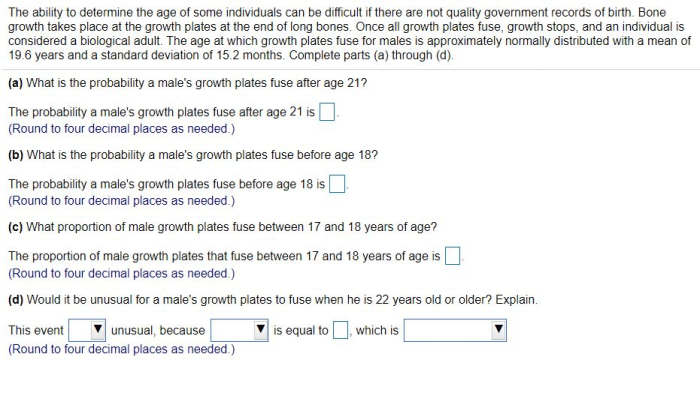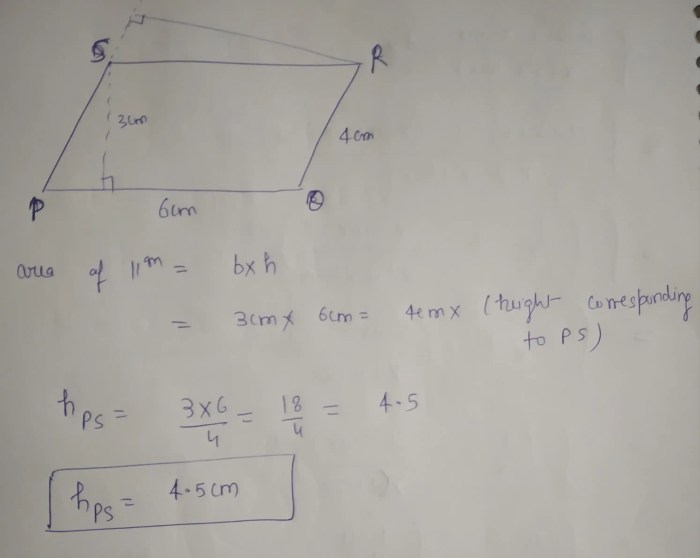How many square bales in a round bale of hay – Determining the number of square bales equivalent to a round bale of hay involves understanding bale dimensions, density, and practical considerations. This comprehensive analysis explores these factors, providing insights into the conversion process and its implications.
Hay Bale Dimensions: How Many Square Bales In A Round Bale Of Hay

Round bales of hay typically have a cylindrical shape, with the diameter and length varying depending on the type of hay and the baling equipment used. The most common dimensions for round bales are:
- Diameter: 4-6 feet (1.2-1.8 meters)
- Length: 4-6 feet (1.2-1.8 meters)
Larger round bales, known as “giant” or “super” bales, can have diameters of up to 8 feet (2.4 meters) and lengths of up to 12 feet (3.6 meters).
Bale Density and Weight
The density of a round bale of hay refers to the amount of hay packed into a given volume. It is typically measured in pounds per cubic foot (lbs/ft³). The average density of round bales ranges from 10 to 20 lbs/ft³.
Bale density can significantly affect the number of square bales equivalent to a round bale. Higher density bales contain more hay per unit volume, resulting in a lower number of equivalent square bales.
Factors that influence bale density include:
- Moisture content of the hay
- Compression applied during baling
- Type of baling equipment used
Square Bale Equivalents, How many square bales in a round bale of hay
To determine the approximate number of square bales equivalent to a round bale, the following formula can be used:
Number of square bales = (Round bale weight / Square bale weight)
(Square bale volume / Round bale volume)
For example, a round bale weighing 1,200 lbs, with a diameter of 5 feet and a length of 5 feet, has a volume of approximately 98 cubic feet. Assuming a square bale weight of 50 lbs and a volume of 1.5 cubic feet, the number of square bales equivalent to the round bale would be:
Number of square bales = (1,200 lbs / 50 lbs)
(1.5 cubic feet / 98 cubic feet) = 24 bales
Practical Considerations
Converting round bales to square bales has both advantages and disadvantages:
Advantages of square bales:
- Easier to handle and stack
- More compact storage
- Less waste due to irregular shapes
Disadvantages of square bales:
- More labor-intensive to produce
- Require specialized equipment for baling and handling
- More expensive than round bales
When considering the conversion, factors to consider include:
- Storage space available
- Handling equipment available
- Cost of baling and handling
- Specific needs of the livestock
Frequently Asked Questions
What factors affect the number of square bales in a round bale?
Bale density, round bale dimensions, and moisture content play key roles in determining the square bale equivalent.
How do I calculate the approximate number of square bales in a round bale?
Refer to the provided table comparing round and square bale dimensions and weight. Use the formula: Number of square bales = (Round bale weight / Square bale weight) x (Round bale diameter / Square bale width) x (Round bale length / Square bale length).
What are the advantages of round bales over square bales?
Round bales offer ease of handling, reduced storage space requirements, and better weather resistance compared to square bales.

